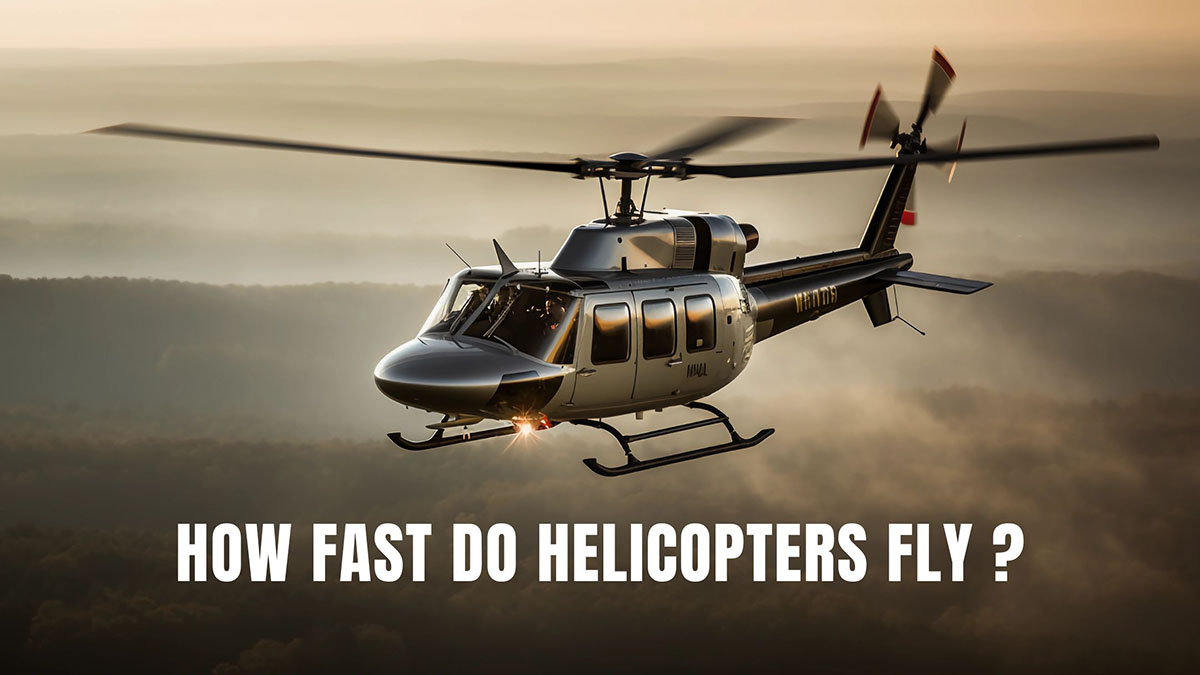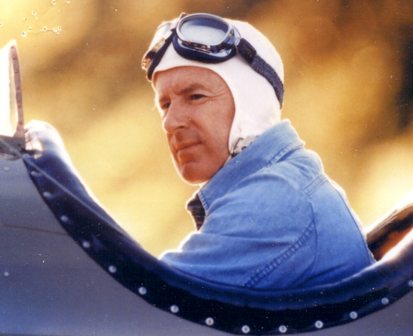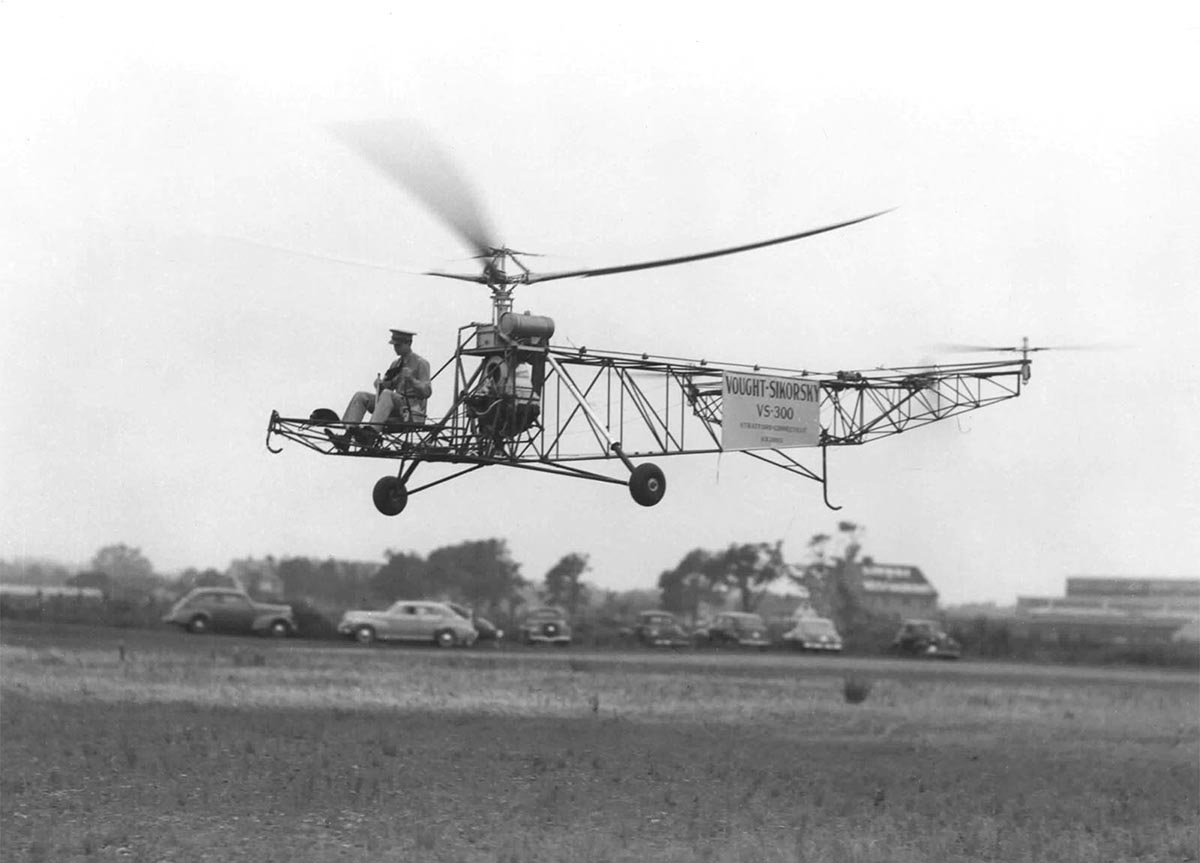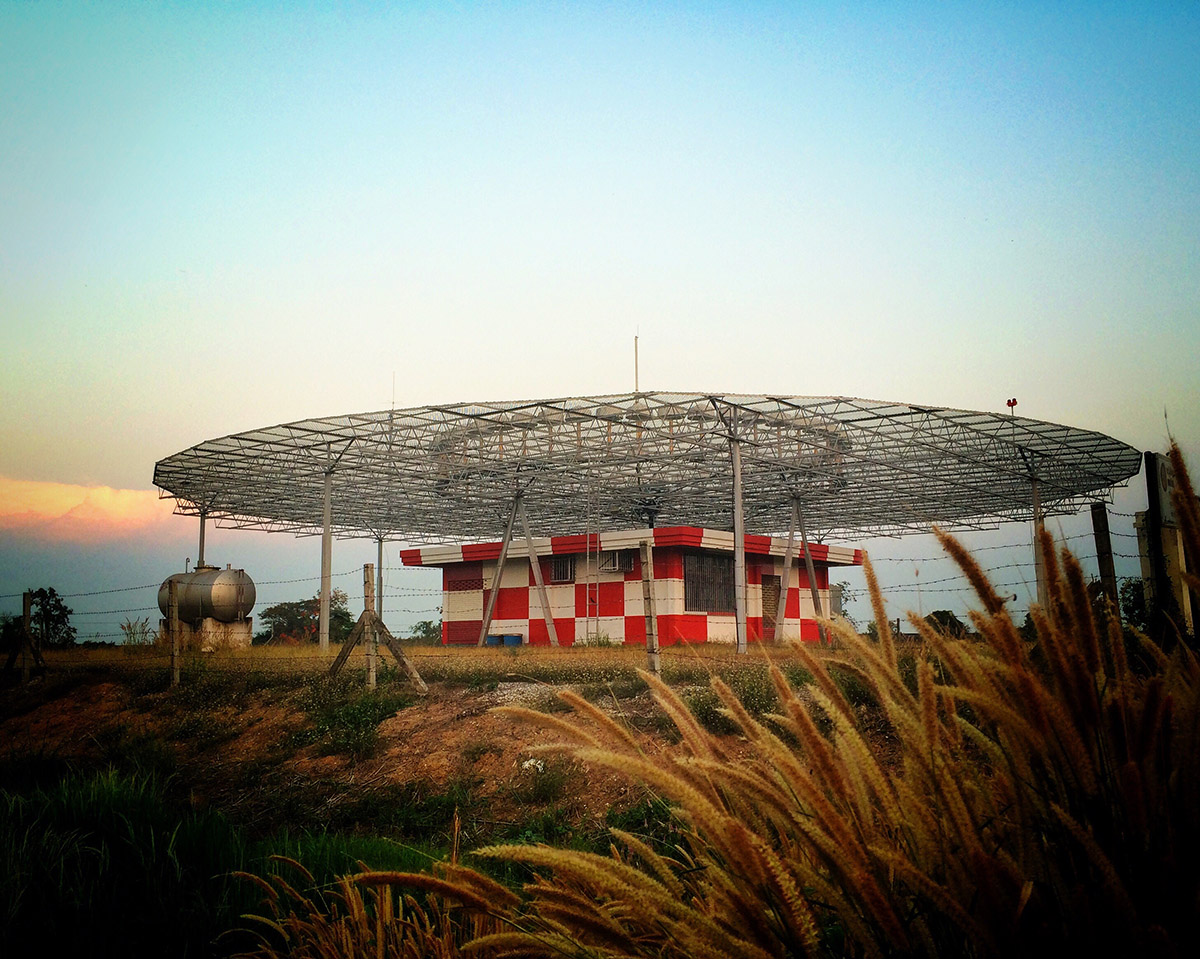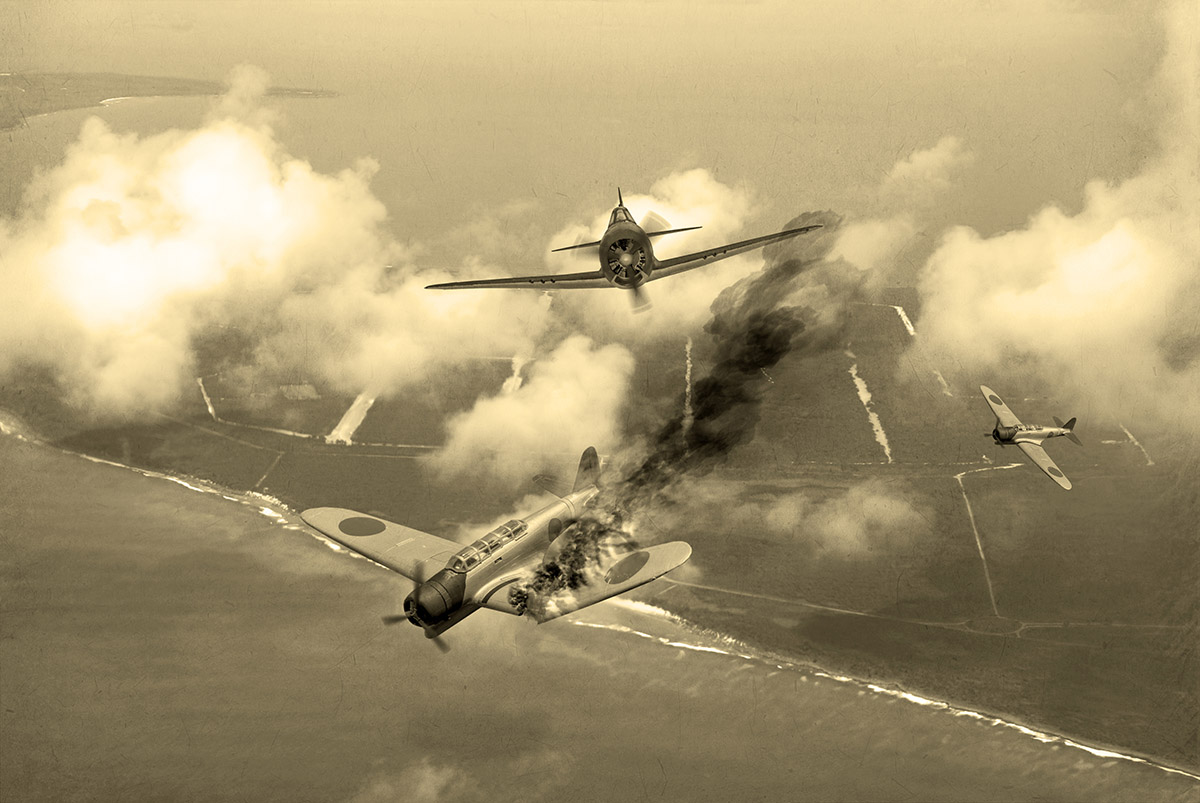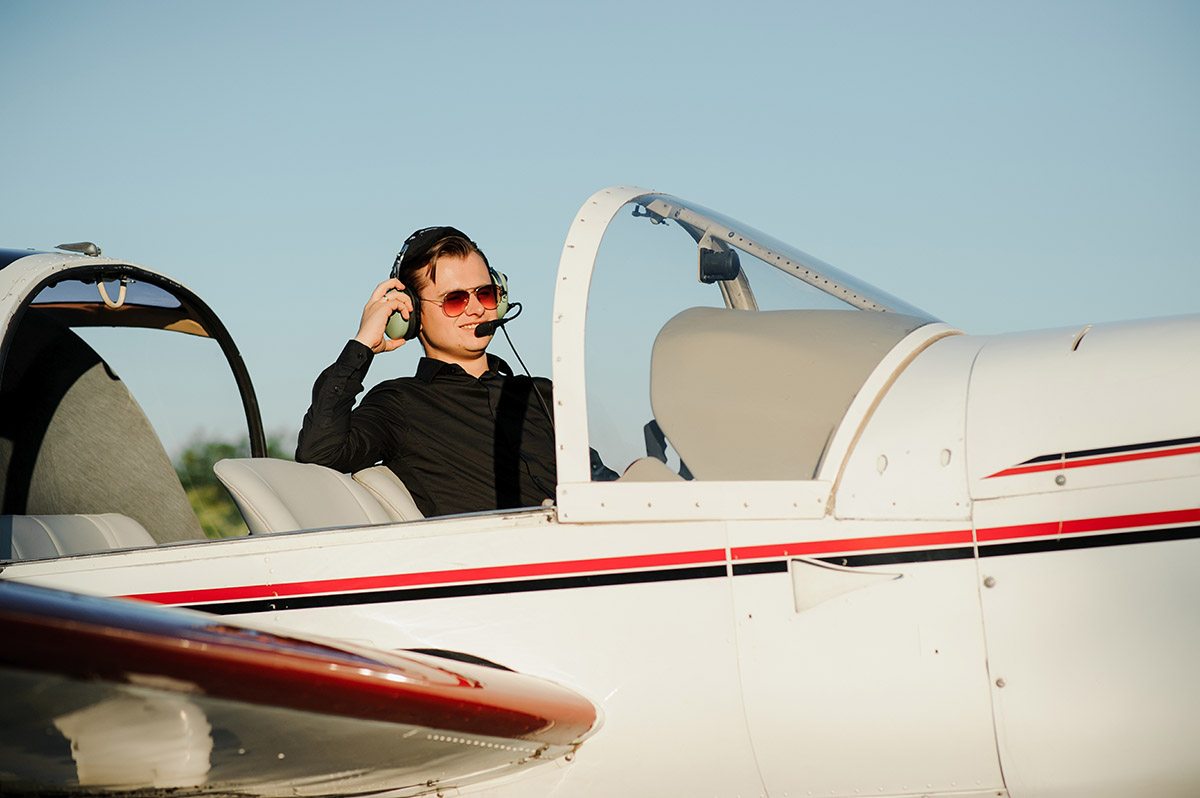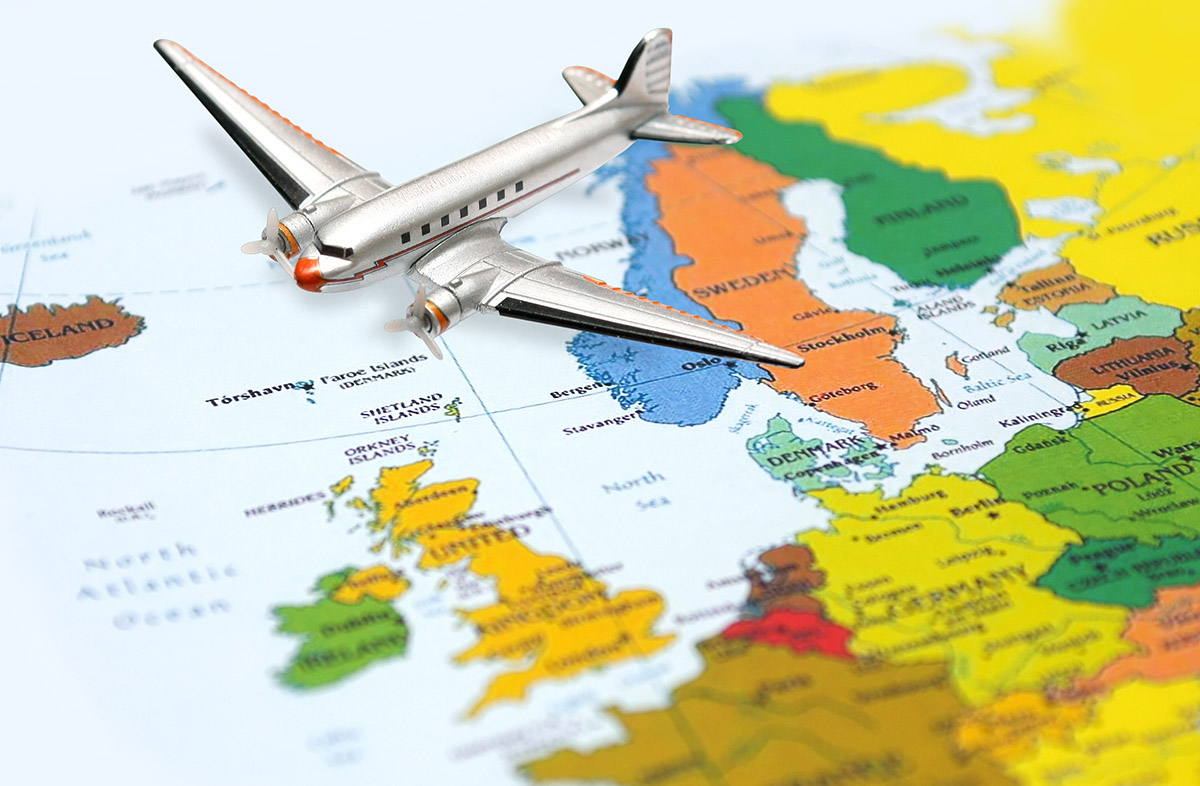As one of the most well-designed aircraft classes, helicopters have proven their excellent in-air operations through stationary and consistent takeoffs, landings, and hoverings.
Their top speeds are equally impressive, but they may vary depending on different models, flying conditions, and external factors. Based on our research at The Wright Experience, we will explain about helicopter speed. Continue reading to learn more!
In this article:
How Fast Can A Helicopter Go?
The common speed range falls between 75 and 150 MPH (about 65 to 130 knots). Utility helicopters typically operate at lower speeds for civilian tasks or short-haul distances. On the other hand, models specifically designed for military, transport, or medical purposes travel at much higher speeds, reaching 200 MPH or more.
1. The Average Top Speeds of Each Helicopter Type
- Light Utility Helicopters: These models typically achieve a maximum speed of approximately 135 MPH (or only 118 knots). As a result, they are mostly used for short-haul transportation or training exercises.
- Medium Utility Helicopters: They can reach roughly 146 MPH (or 127 knots). Renowned for excellent adaptability, these models serve various roles in both civilian and military operations, such as supply and logistics, surveillance, law enforcement, etc.
- Attack Helicopters: Designed primarily for close-air support and combat missions, they achieve maximum speeds of approximately 209 MPH (182 knots).
- Transport Helicopters: With average top speeds of 196 MPH (170 knots), transport helicopters help ferry cargo and troops in civilian and military settings alike.
- Search and Rescue Helicopters: SAR helicopters usually travel at approximately 161 to 172 MPH (140 to 150 knots) and can stay airborne for over 6 hours due to extra fuel tanks. They are usually dispatched when casualties are found in remote areas inaccessible to ground-based or local ambulance assistance.
- Ambulance Helicopters: In most cases, they typically operate between 90 and 150 MPH (or 80 to 130 knots). When traveling at the highest speeds through direct paths, these helicopters easily cover 40 miles in less than 15 minutes, assisted by smooth landings (even in confined spaces) to deliver quicker medical support.
- High-Speed Helicopters: Some of the more experimental models from Sikorsky (e.g., the X2) have expanded the speed range, clocking in at around 291 MPH (253 knots) thanks to advanced designs.
2. The Top Speed of Some Popular Helicopter Models:
Note that the numbers mentioned earlier merely represent the average speed for each helicopter type; depending on their make and design, a specific model might operate above or below that average. Below are some examples that we have encountered during research at The Wright Experience:
| Helicopter Name | Type | Speed (Knots) | Speed (MPH) |
| Robinson R22 | Light Utility | 102 | 117 |
| Robinson R44 | Light Utility | 130 | 150 |
| Bell 206 | Light Utility | 130 | 150 |
| Airbus Helicopters Eurocopter EC120 Colibri | Light Utility | 150 | 173 |
| Airbus Helicopters H175 or Eurocopter EC175 | Medium Utility | 170 | 196 |
| AgustaWestland AW109 Power | Medium Utility | 168 | 193 |
| AgustaWestland AW139 | Medium Utility | 167 | 192 |
| Ka-62 | Medium Utility | 167 | 192 |
| Sikorsky S-92 | Medium Utility | 165 | 190 |
| AgustaWestland AW189 | Medium Utility | 169 | 194 |
| Airbus Helicopters H155 or Eurocopter EC155 | Heavy Utility | 175 | 201 |
| Airbus H225 Eurocopter EC225 Super Puma | Transport | 149 | 171 |
| HAL Dhruv | Transport | 157 | 181 |
| MIL Mi-26 | Transport | 159 | 183 |
Top 9 Fastest Helicopter In The World
1. The Bell Boeing Osprey V22
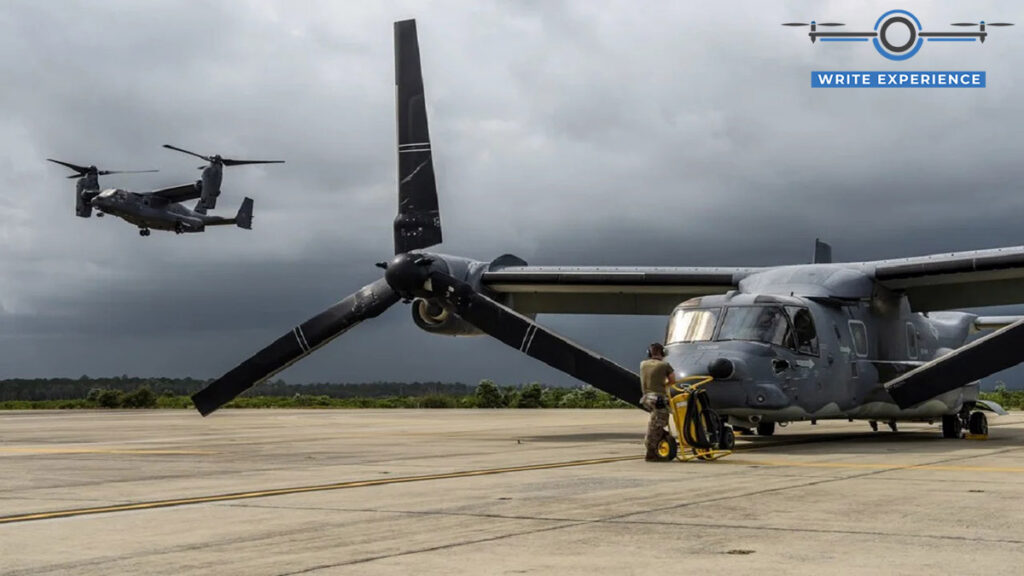
Our crowned winner is not a typical helicopter. Rather, it is a craft that can seamlessly transition from a plane into a helicopter. While operating as the latter, this impressive machine can reach 349.8 MPH or 304 knots.
Thanks to such excellent versatility and speed, the Osprey is now adopted by the United States military despite lacking the same stability as regular airplanes.
2. The Sikorsky X2
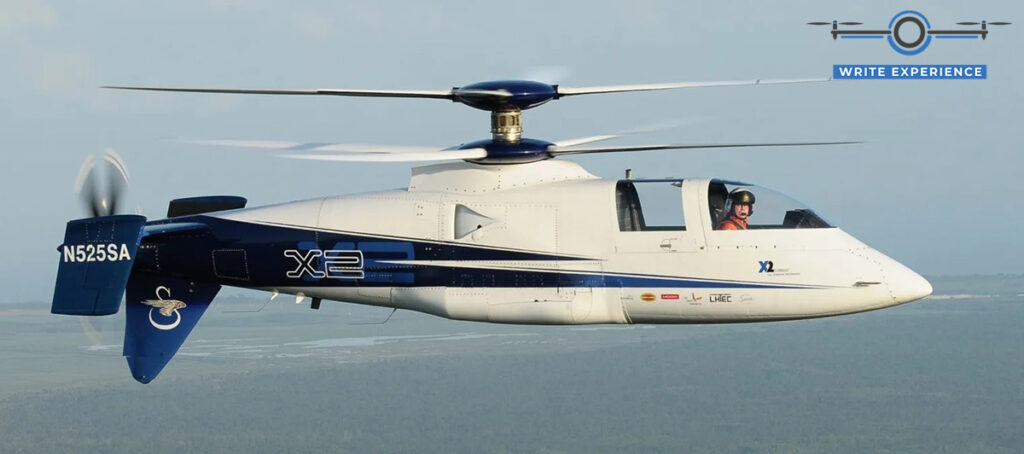
Hailed as the fastest traditional helicopter worldwide, one of Sikorsky X2’s demonstration models achieved a remarkable 298.9 MPH (259.7 knots) thanks to the robust engine and dual rotors. Unfortunately, continuous flight at that speed is not yet advisable.
Later, X2’s prototype was used to develop the Boeing-Sikorsky SB-1 Defiant and Sikorsky S-97 Raider, both currently operated by the United States military.
3. The Eurocopter X3
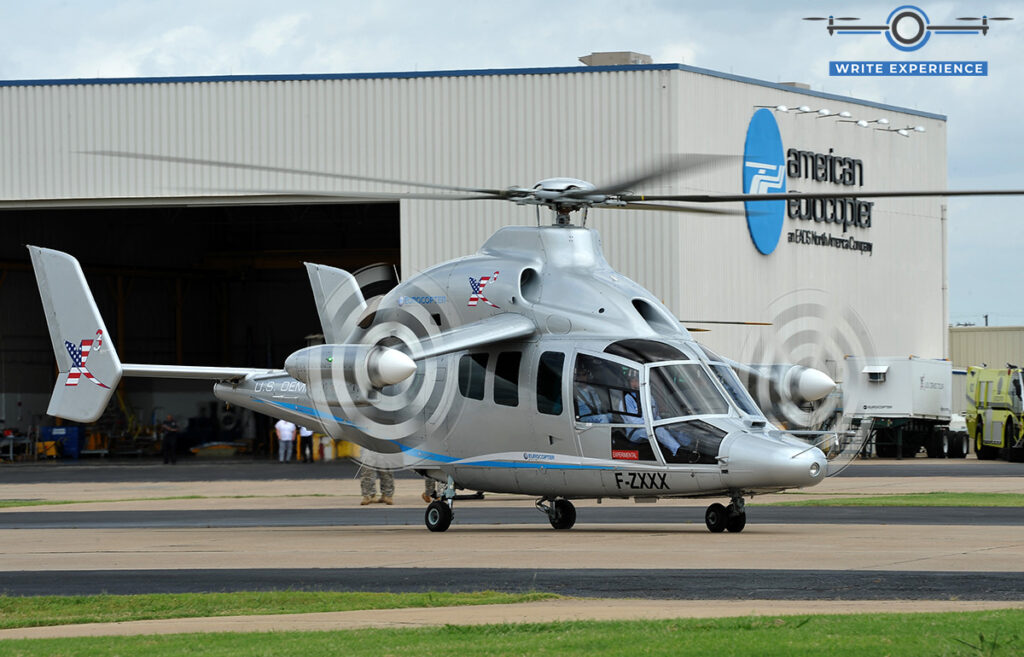
This experimental helicopter was solely built to break speed records, a feat it achieved in 2003 by hitting 293.3 MPH (or 254.9 knots) during level flight. Now under Airbus ownership, the X3 retains its incredible speeds by reducing rotor rotation and incorporating stabilizing propellers on the side.
Despite its extraordinary performance, the X3 is surprisingly not widely used. Airbus merely developed X3 as a demonstration model to showcase the brand’s cutting-edge technology and potential for higher-speed flight.
4. The Westland Lynx
Westland Lynx, the original model used as the basis for the slightly inferior AW159, boasts an average speed of 201.3 MPH (174.9 knots). In 1986, its modified version even set a world speed record at 248.5 MPH, claiming the title of the fastest helicopter in the world at the time.
The Britain Royal Navy has no longer used Lynx since then. Even so, Lyx still stood among the world’s top-performing helicopters for decades.
5. “Black Hawk” Silkorsky UH-60
Also known as “Black Hawk,” Silkorsky UH-60 is among the most renowned military helicopters worldwide, extending its fame far beyond the aviation and army circles.
How fast does the helicopter go? It cruises at 174 MPH (151.2 knots) and reaches an overall maximum speed of 221.8 MPH or 192.8 knots.
To this day, the Sikorsky UH-60 remains one of the Army’s most versatile helicopters, boasting impressive capabilities that cater to various transportation needs.
6. “Chinook” Boeing CH-47F
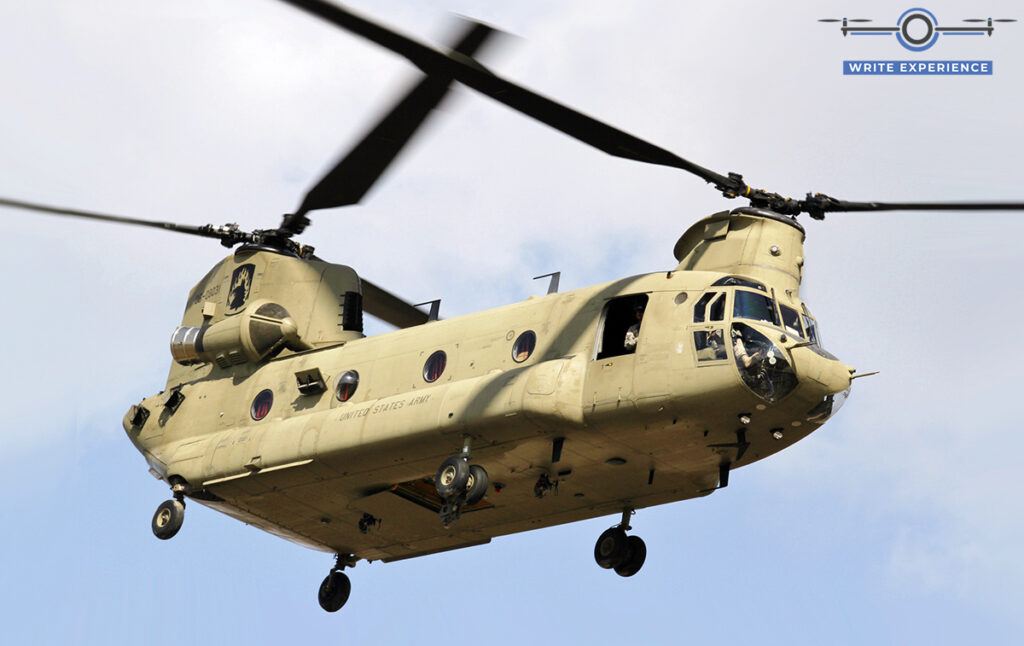
Boeing’s CH-47F, commonly nicknamed Chinook, stands among the best military helicopters in history and once claimed the title as the fastest overall. Despite its heavy build, it can reach 195.7 MPH (170 knots) with the help of innovative twin-rotor systems.
The rotors positioned over the main cockpits and at the tail also contribute to Chinook’s lift-off performance, allowing it to soar high while carrying heavyweight cargo (e.g., military machinery).
7. “Wildcat” AgustaWestland AW159
The AW159 Wildcat, designed specifically for the British Royal Navy, has a top cruise speed of 163.4 MPH (142 knots). Newer models even raise the bar to 193.2 MPH (167.9 knots).
Though slightly slower than the older Westland Lynx (which AW159 was based on, as mentioned earlier), the Wildcat is still a better performer in general. This significant advancement stems from the increased size/weight and extra features for combat situations, such as armored seats and plated armor.
Therefore, apart from the British Navy, the AW159 is just as common among other armed forces, including the South Korean Navy.
8. “Hind” Mil Mi-35
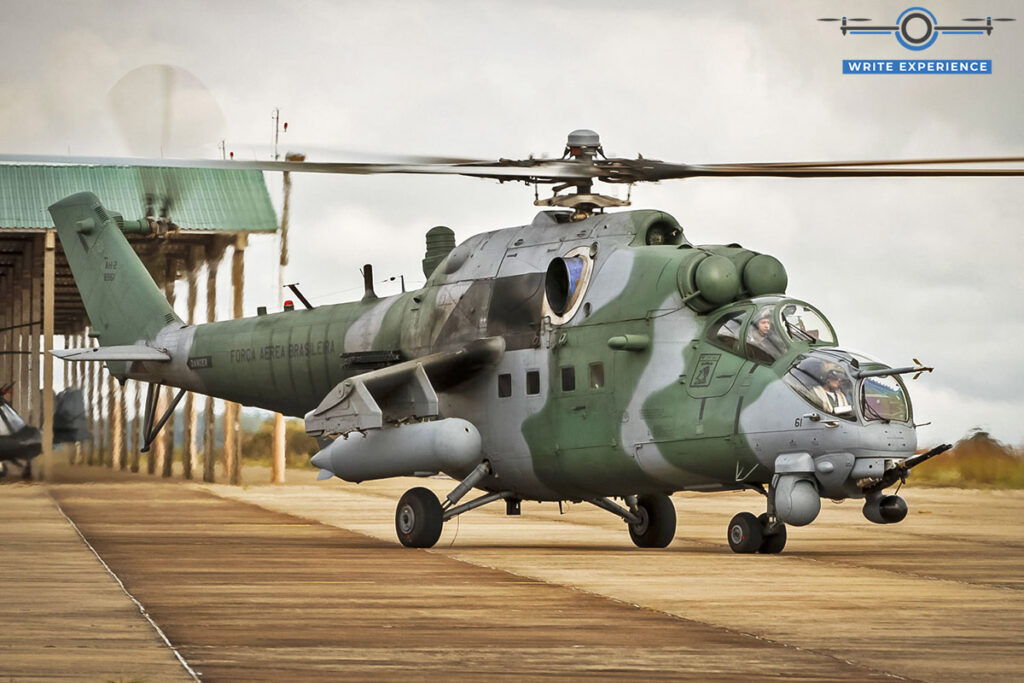
This Mil-manufactured helicopter can achieve a maximum speed of 192.6 MPH (or 167.4 knots).
Developed from the older Mi-24 model, the Mi-35 easily surpasses its predecessor’s speed while incorporating numerous design enhancements. Specifically, it has been scaled up in size and equipped with cutting-edge technologies like digital cockpits, laser rangefinders, and more.
9. AgustaWestland AW139
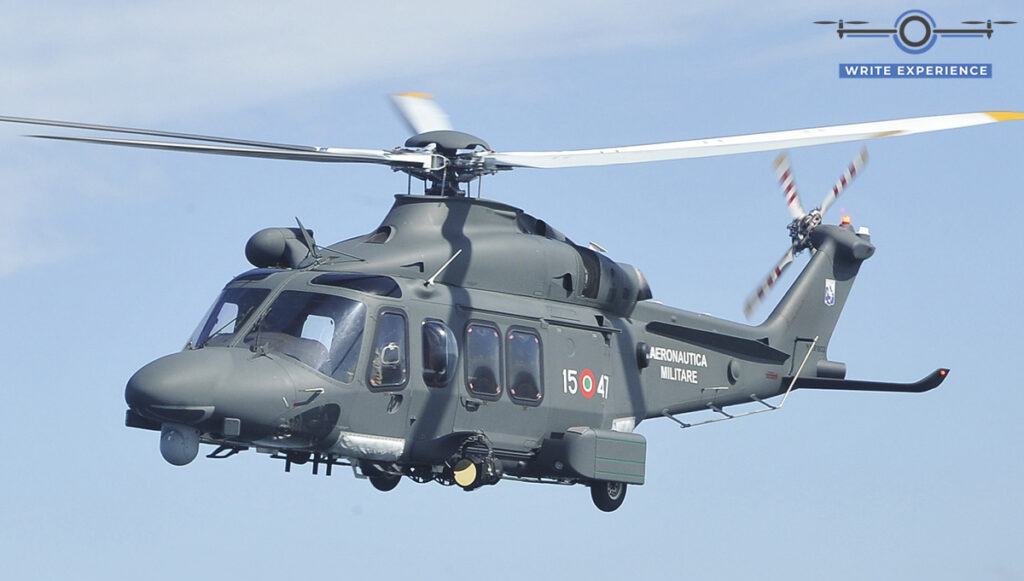
Most helicopters mentioned above are usually geared toward military purposes. However, the AgustaWestland AW139 sets itself apart as the only civilian outlier on our list.
With a top speed of 192.6 MPH (167.4 knots) and a cruising speed of 190.1 MPH (165.2 knots), this versatile helicopter is popular for various uses. It offers space for 15 passengers (which earns it a top spot for VIP transportation) and performs spectacularly during speed-prioritizing missions like SAR, medical evacuations, etc.
As a result, the AW139 has garnered interest from many organizations and even global militaries, which prompted AgustaWestland to develop military versions derived from this civilian-focused helicopter.
Which Factors Affect Helicopter Speed and Performance?
There are several factors to keep in mind:
1. Engine Power
The engine provides the driving force to the rotors, which generate the lift required for the flight. Naturally, more powerful engines result in higher speeds and better climb rates.
2. Rotor Design
All design elements of the rotor, such as the size, shape, and blade pitch, affect the amount of lift and thrust produced. Therefore, it would be best to stick to helicopters with great pitch angles, longer blades, and large-size rotors.
3. Weight
A heavier helicopter will require more power for lift maintenance and also suffer from a lower power-to-weight ratio. Unsurprisingly, you will see a dramatic decrease in its cruising speed.
4. Aerodynamics
The wrong shape of the helicopter’s fuselage, tail boom, or landing gear might lead to serious drags that hinder the helicopter’s forward motion. To prevent this, consider the following:
- Streamline the shape of the fuselage to minimize the amount of turbulence
- Choose tail booms with tapered shapes
- Install retractable landing gears to eliminate unnecessarily exposed surface areas when not in use.
5. Environmental Conditions
Aside from the primary factors above, do not forget that air density, altitude, or temperature might also influence your helicopter performance. For instance, thinner air at higher altitudes reduces lift generation, while higher temperatures tend to dampen engine power output.
Conclusion
This article has discussed how fast helicopters are and listed several key factors that might affect their performance.
Most importantly, a list of top-performing models has also been enclosed, giving you a glimpse into the current state of global helicopter development.
Let’s look forward to what the future holds in store! If you have other questions related to aircraft, don’t hesitate to leave a comment so that we can promptly address your wonders.
See more: How High Can A Helicopter Fly?

